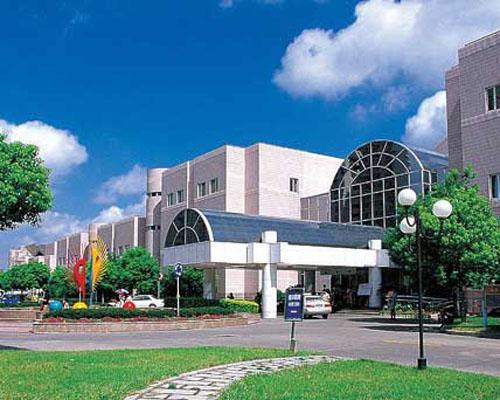Recently a surgery in China changed the life of a little baby who has been having a very rough go of it since birth. The eight-month-old boy was born with craniosynostosis, a condition affecting the structure of the cranium as the bones of the skull close before the brain has a chance to form completely. And as in this patient’s case, premature closure of the skull and resulting undue pressure are what can lead the head and the face itself to become distorted in shape or even unusually elongated.
Obviously, for aesthetic reasons, family and surgeons were seeking solutions for the tiny patient, known as Xiao Yu. But there was a much bigger medical picture looming, as without remedy, craniosynostosis can lead to serious health complications, most commonly as the normal growth pattern of the child’s cranium is inhibited. Beyond that, however, this can be a serious condition that in some cases is life threatening, as well as causing serious developmental delays and the possibility of seizures.
While Xiao Yu is much too young to understand now, one day he will grow up and most likely give immense thanks to what was at the time a revolutionary new technology—3D printing. With the assistance of 3D printed surgical models, doctors at Shanghai Children’s Medical Center were able to successfully complete a procedure never before performed, thanks to the benefits of being able to create a 3D model and thoroughly examine and study the shape of the baby’s skull beforehand. The technology is available to them due to the presence of Materialise in Shanghai–and at the hospital itself–in the form of a 3D printing medical research facility opened last year, specifically for pediatrics.As the technology seeps further and further into the medical sector, the use of 3D models is becoming more and more popular. We’ve now followed numerous cases which seemed to border almost on the miraculous, as in helping with the removal of a rare tumor and turning a complex surgery into a much easier one or as in the complete reconstruction of a little girl’s forehead and face after a terrible infection. The list grows longer and longer with the many procedures that 3D models and 3D printed guides have led surgeons through today, including even an entire 3D library of cardiac models.
In this case, not only did having a complete 3D model of the baby’s brain help surgeons, but as they molded his new cranium, they were able to take advantage of one of the greatest benefits of 3D printing, in making his treatment completely patient specific.
“Thanks to 3D-printing technology, we were able to create a model of the patient’s skull beforehand, allowing us to make a detailed surgical plan beforehand,” said Dr. Bao Nan of Shanghai Children’s Medical Center.
“We also measured his parents’ facial and head data to help design the face with family features.”
Xiao Yu, from east China’s Jiangsu Province, underwent surgery on May 21. He has just been released from the hospital and is home with his family now. His head shape and facial features are now normal. Even more importantly, though, his brain should now continue to develop normally too. This lucky baby now truly does have one of those much talked about ‘new leases on life,’ little does he know.
The use of 3D models in surgeries is multi-faceted, as we often discuss. While helpful in being able to replicate the shape of Xiao Yu’s cranium, for example, the benefits go far beyond that. 3D printed models can be used in diagnosing, planning treatments, and are extremely beneficial from an educational standpoint on several levels. With the models, patients and their families are able to gain a better understanding of a medical condition and the ensuing procedure. Not only that, but doctors are often able to use the 3D models to train for new and complex surgeries ahead of time—in some cases, for many hours and even days. Medical students are also able to use the models for studying and training purposes. With a 3D printer on site, these models can be made easily and quite affordably, and upon seeing the difference it made just for baby Xiao Yu, imagine the impacts this technology is going to make in the future—and in the lives of many people to come. Do you know anyone who has a child suffering from this condition and is seeking treatment? Discuss further in the 3D Printed Models for Craniosynostosis Surgery forum over at 3DPB.com.
[Source: Daily Star; Shanghai Daily]